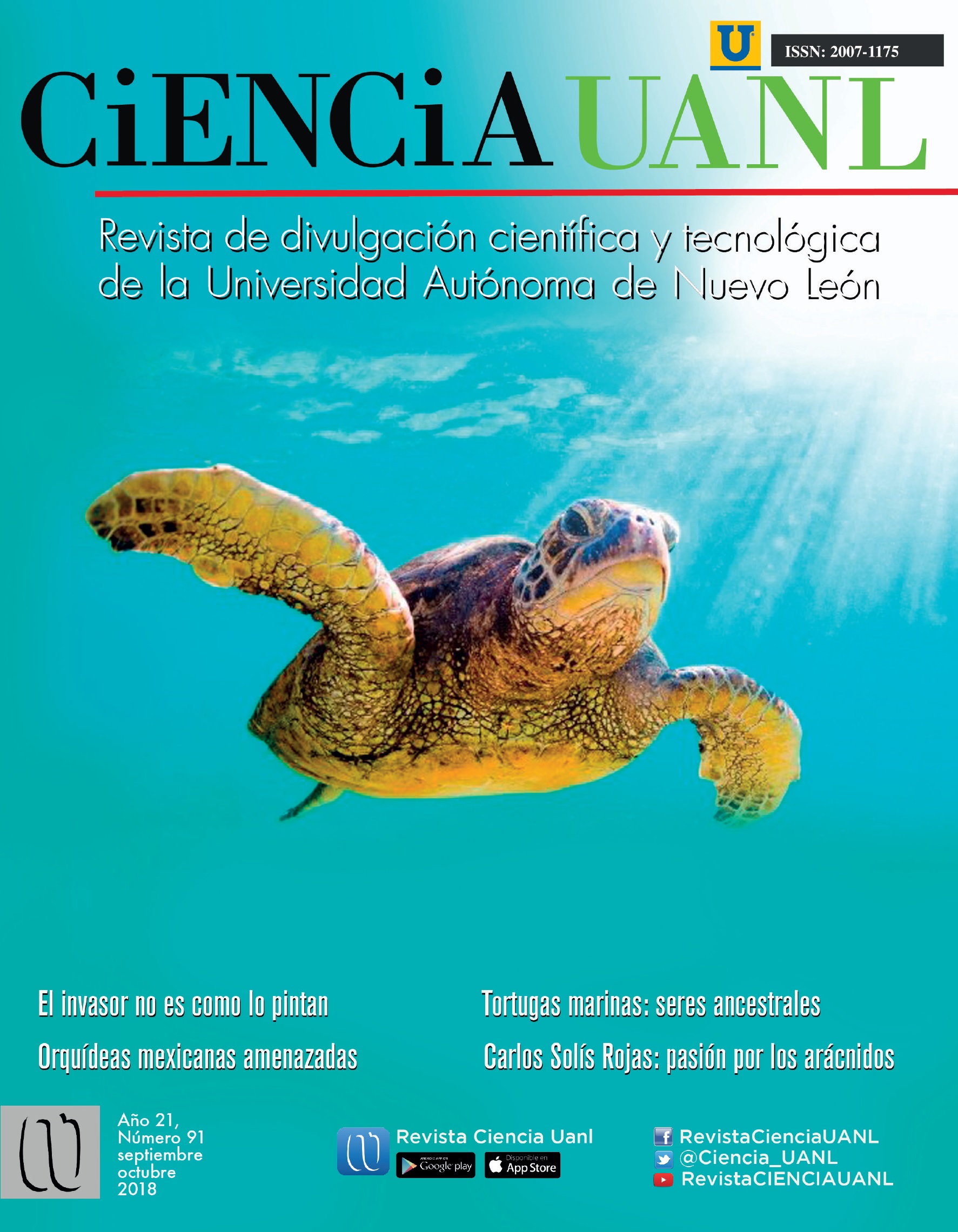Tortugas marinas: seres ancestrales, sus misterios, adaptaciones y amenazas
Palabras clave:
tortugas marinas, genes HOX, protección tortugasResumen
Dentro del reino animal, las tortugas pertenecen al grupo de los reptiles; aparecieron en el mundo hace 200 millones de años, antes que los grandes reptiles dominaran el planeta (Márquez, 1990). Estudios recientes en biología molecular sugieren que alteraciones en algunos genes que controlan el desarrollo de las células óseas pudo permitir la formación del caparazón (Spotila, 2004). Se sabe que un grupo de genes, llamados HOX, controla las principales vías de desarrollo en un embrión (Lappin et al., 2006). Un cambio en la función de estos genes pudo haber causado la formación del caparazón y del plastrón, características que definen a las tortugas (Spotila, 2004).
Descargas
Citas
Bishop, C.A., Pettit, K.E., Kennedy, S.W., et al. (1998). Environmental contamination and developmental abnormalities in eggs and hatchlings of the common snapping turtle (Chelydra serpentina serpentina) from the Great Lakes-St Lawrence River basin (1989–1991). Environmental Pollution. 101(1):143- 156.
Bowen, B.W., y Karl, S.A. (2007). Population genetics and phylogeography of sea turtles. Molecular Ecology. 16(23):4886-4907.
Dolinoy, D.C. (2008). The agouti mouse model: an epigenetic biosensor for nutritional and environmental alterations on the fetal epigenome. Nutrition Reviews. 66:S7-S11.
Frazier, J. (2003). Prehistoric and ancient historic interactions between humans and marine turtles. The biology of sea turtles. 2:1-38.
Guillette, L.J., Gross, T.S., Masson, G.R., et al. (1994). Developmental abnormalities of the gonad and abnormal sex hormone concentrations in juvenile alligators from contaminated and control lakes in Florida. Environmental Health Perspectives. 102(8):680-688.
Jensen, M.P., Abreu-Grobois, F.A., Frydenberg, J., et al. (2006). Microsatellites provide insight into contrasting mating patterns in arribada vs. non-arribada olive ridley sea turtle rookeries. Molecular Ecology. 15(9):2567-2575.
Keller, J.M. (2013). Exposure to and Effects of Persistent Organic Pollutants. The Biology of Sea Turtles. 3:285.
Lappin, T.R., Grier, D.G., Thompson, A., et al. (2006). HOX genes: seductive science, mysterious mechanisms. The Ulster medical journal. 75(1):23.
Márquez, R. (1990). FAO species catalogue, v. 11: Sea turtles of the world. FAO Fisheries Synopsis. Pp. 81.
Meylan, A.B., y Donnelly, M. (1999). Status justification for listing the hawksbill turtle (Eretmochelys imbricata) as critically endangered on the 1996 IUCN Red List of Threatened Animals. Chelonian Conservation and Biology. 285 3(2):200-224.
Plotkin, P.T. (2007). Biology and Conservation of the Ridley Turtles. Baltimore, Maryland: The Johns Hopkins University Press. Pp. 356.
Singh, N.D., Sharma, A.K., Dwivedi, P., et al. (2006). Citrinin and endosulfán induced teratogenic effects in Wistar rats. J. Appl Toxicol. 27(6):589-601.
Spotila, J.R. (2004). Sea turtles: A complete guide to their biology, behavior, and conservation. Baltimore, Maryland: The Johns Hopkins University Press. Pp. 227.
UNEP. (2011). Endosulfan included under the Convention. Fifth meeting of the conference of the parties to the Stockholm Convention on Persistent Organic Pollutants. Disponible en: http://chm.pops.int/Convention/COP/Meetings/COP5/tabid/1267/mctl/ViewDetails/
Witherington, B., Hirama, S., y Hardy, R. (2012). Young sea turtles of the pelagic Sargassum-dominated drift community: Habitat use, population density, and threats. Marine Ecology Progress Series. 463:1-22.






